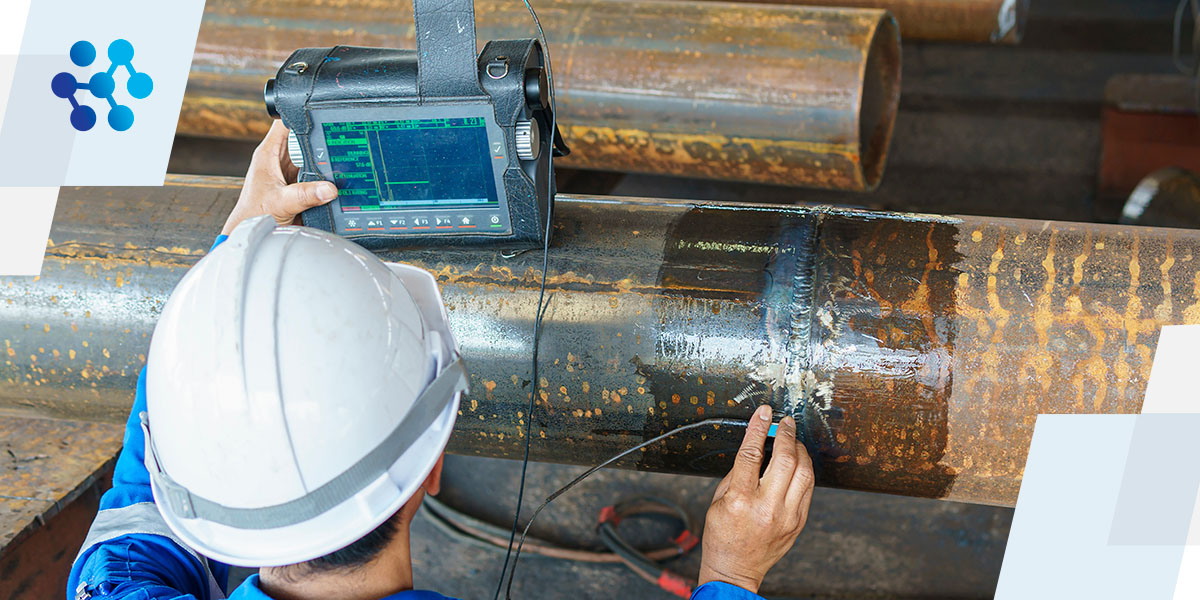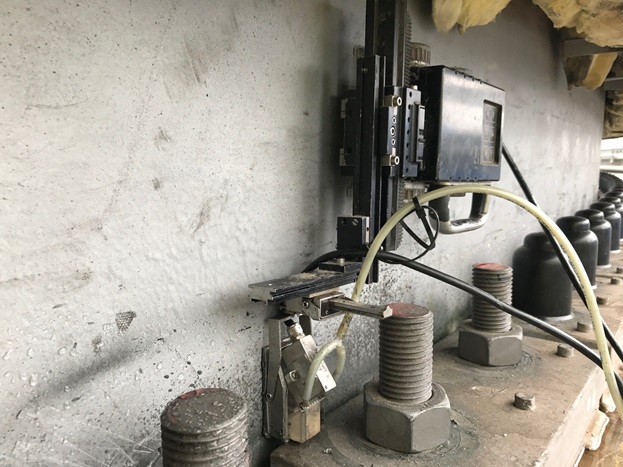Comprehensive Guide to Effective Storage Tank Welding Assessment Techniques and Finest Practices for Top Quality Assurance
In the world of storage tank welding, strenuous examination techniques are vital for guarding architectural honesty and making certain conformity with sector laws. This guide provides an organized strategy to different evaluation methods, including visual assessments and non-destructive testing, which play a critical duty in detecting flaws prior to they rise right into significant problems. In addition, the value of careful paperwork and the implementation of continuous renovation techniques can not be overemphasized. As we explore these vital parts, it ends up being clear that an aggressive examination approach is not simply useful, but important for operational success in settings taking care of harmful products.
Relevance of Storage Tank Welding Inspection

Tank welding evaluation works as a preventative measure, determining possible defects such as fractures, porosity, or inappropriate joint infiltration before they intensify right into serious issues. Regular assessments not just adhere to market guidelines and criteria but likewise enhance the durability of the tanks, reducing the requirement for pricey repair services or substitutes.

Aesthetic Inspection Techniques
Using systematic aesthetic assessment methods is vital for analyzing the top quality and honesty of bonded joints in tanks. This method works as the first line of protection in identifying potential defects such as cracks, undercuts, and insufficient penetration. The inspector needs to come close to the job with an eager eye, utilizing appropriate tools like amplifying glasses, flashlights, and mirrors to improve exposure.
Throughout the assessment process, the inspector ought to assess the weld profile, guaranteeing it complies with defined requirements and guidelines (Tank Welding Inspection). This consists of examining the grain size, height, and fusion with the base product. Assessors ought to also pay attention to the bordering areas for signs of thermal distortion or contamination that may affect the weld's efficiency
Paperwork of findings is important; inspectors need to tape any abnormalities, classifying them by intensity for additional examination. This organized method not only help in immediate issue recognition yet also adds to long-lasting quality control by guaranteeing conformity with market criteria. Normal training and calibration of aesthetic evaluation methods further improve the reliability of assessments, eventually resulting in more secure and much more durable tank structures.
Non-Destructive Checking Techniques
Non-destructive testing (NDT) approaches are often used in storage tank welding assessments to evaluate the integrity of bonded joints without compromising their architectural honesty. These techniques are important for determining flaws such as splits, voids, and incorporations that could result in tragic failures if left unseen.
Usual NDT methods include ultrasonic testing (UT), which makes use of high-frequency acoustic waves to discover interior defects; radiographic testing (RT), using X-rays or gamma rays to imagine weld frameworks; and magnetic fragment screening (MT), which reveals surface and near-surface interruptions in ferromagnetic products (Tank Welding Inspection). Liquid penetrant testing (PT) is likewise extensively made use of, efficient in discovering surface-breaking flaws by using a fluorescent or shade contrast dye
Each NDT method has its particular applications view it and advantages, making it essential for inspectors to pick the appropriate strategy based on the product and the kind of weld being reviewed. The integration of these NDT approaches right into the inspection process enhances the overall quality assurance framework, making sure that bonded storage tanks satisfy security and efficiency requirements. Eventually, NDT plays a critical duty in keeping the honesty and long life of visit this site right here storage tank frameworks in different industrial applications.

Paperwork and Coverage
Making sure detailed documents and coverage throughout storage tank welding assessments is essential for preserving compliance with sector criteria and promoting reliable communication among stakeholders. Correct documents offers as a thorough document of assessment activities, searchings for, and any rehabilitative activities taken throughout the welding procedure. This info is vital not only for quality guarantee yet likewise for audits and governing reviews.

A well-structured evaluation report need to include information such as the date of assessment, names of assessors, welding treatments employed, materials used, and any type of inconsistencies from developed requirements. Furthermore, photographs and diagrams can enhance the see this website clarity of the record, supplying visual context to the findings. It is additionally vital to document any kind of non-conformities together with their resolution, making sure that all stakeholders are notified of potential dangers and the actions taken to minimize them.
Additionally, keeping a central database for all assessment reports permits simple retrieval and testimonial, fostering a society of transparency and liability. By prioritizing thorough paperwork and coverage, companies can not only copyright quality control however additionally enhance their reputation within the market, inevitably causing boosted security and functional effectiveness.
Continual Improvement Practices
Continuous improvement methods are vital for improving the high quality and effectiveness of tank welding evaluations. One effective approach includes routine training and upskilling of evaluation employees to remain abreast of the most current welding innovations and requirements.
Furthermore, utilizing data-driven evaluation enables organizations to track inspection outcomes, determine trends, and pinpoint locations for improvement. Using devices such as root reason analysis can aid in recognizing the underlying problems resulting in defects, making it possible for targeted interventions. In addition, getting feedback from evaluation groups and stakeholders produces a collaborative setting that encourages innovative services.
Integrating advanced modern technologies, such as automatic evaluation systems and real-time monitoring, can substantially boost the accuracy and speed of examinations. Routine audits of the inspection procedures likewise add to a culture of responsibility and continuous improvement. Ultimately, these continual improvement techniques not only boost the quality of storage tank welding inspections however also add to overall operational quality and customer complete satisfaction.
Final Thought
Finally, reliable storage tank welding examination is critical for making sure the architectural integrity and security of storage systems, specifically those handling dangerous products. Employing a combination of visual examination techniques and non-destructive testing approaches facilitates the early recognition of issues, thereby preserving conformity with sector standards. Furthermore, durable documents and a commitment to continuous enhancement boost top quality assurance methods. Eventually, these actions add significantly to operational excellence and the avoidance of prospective safety and security threats.